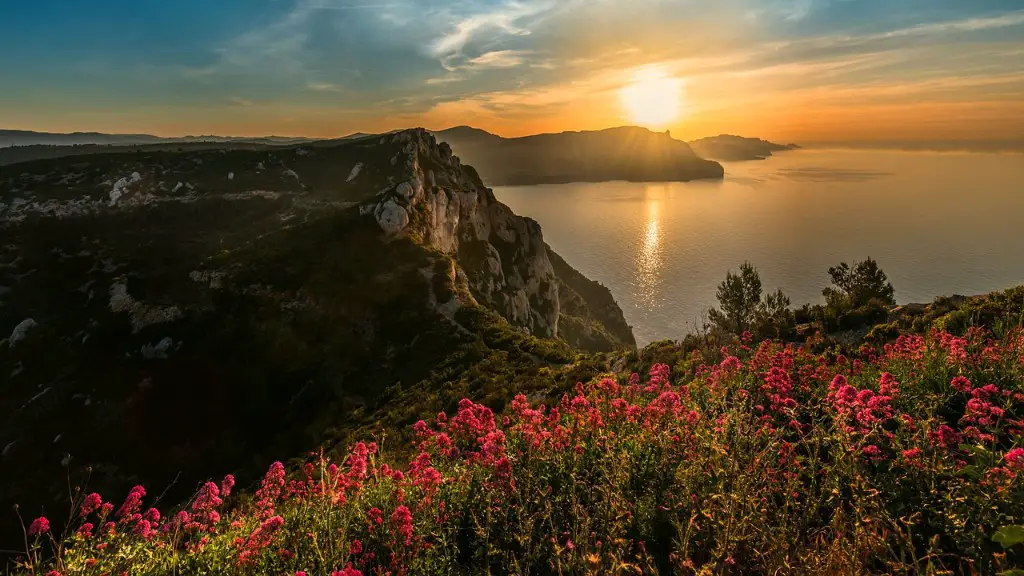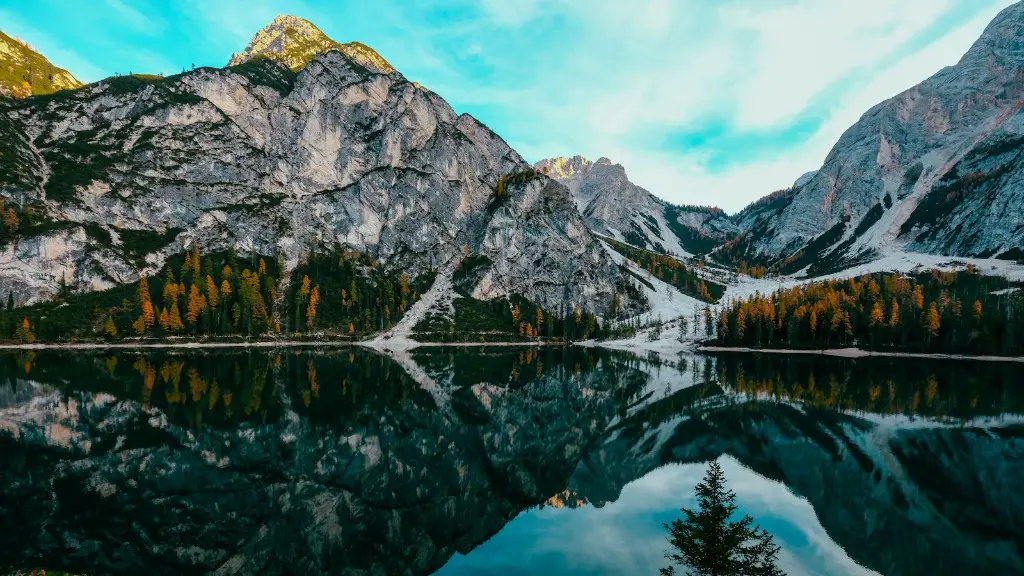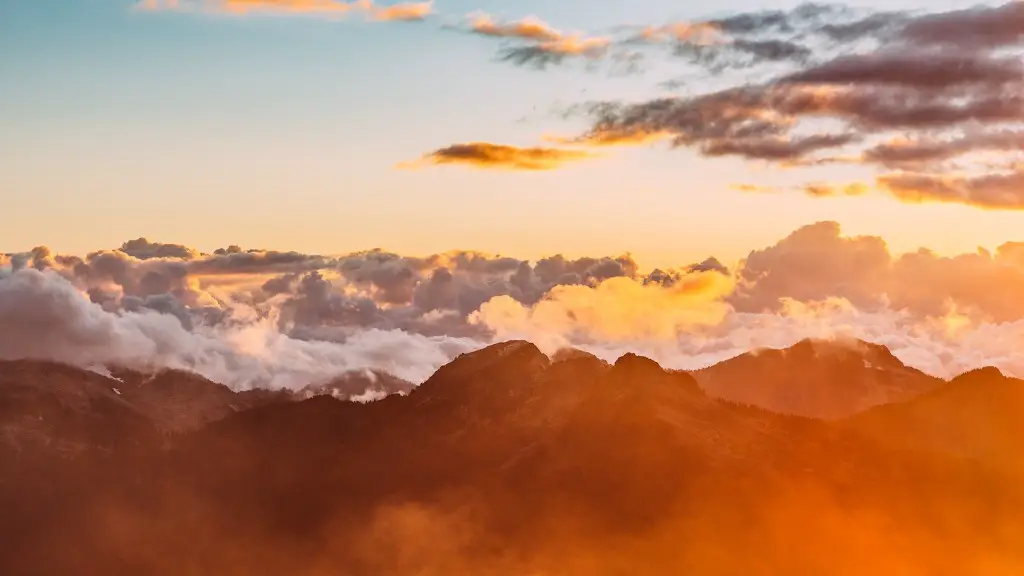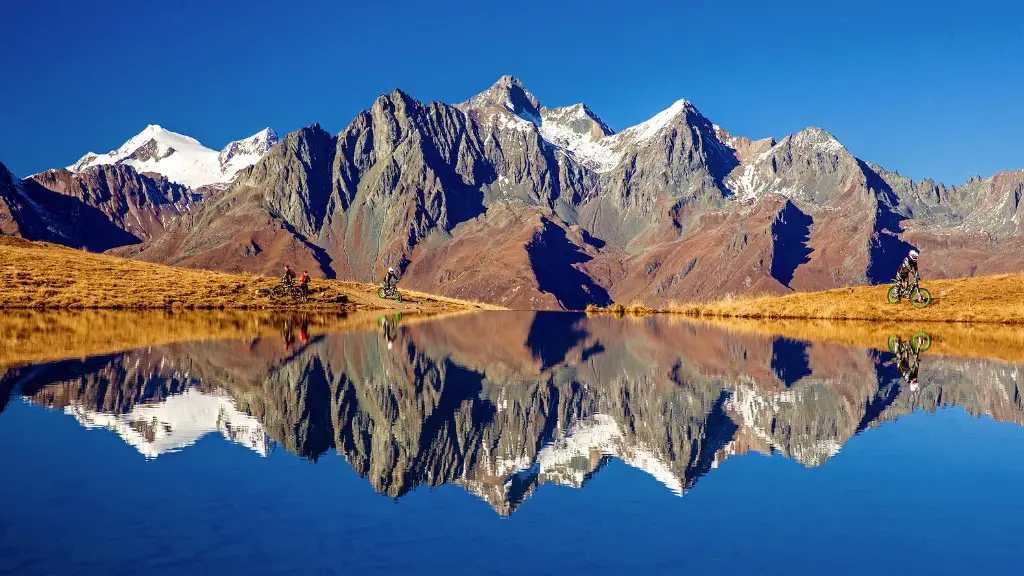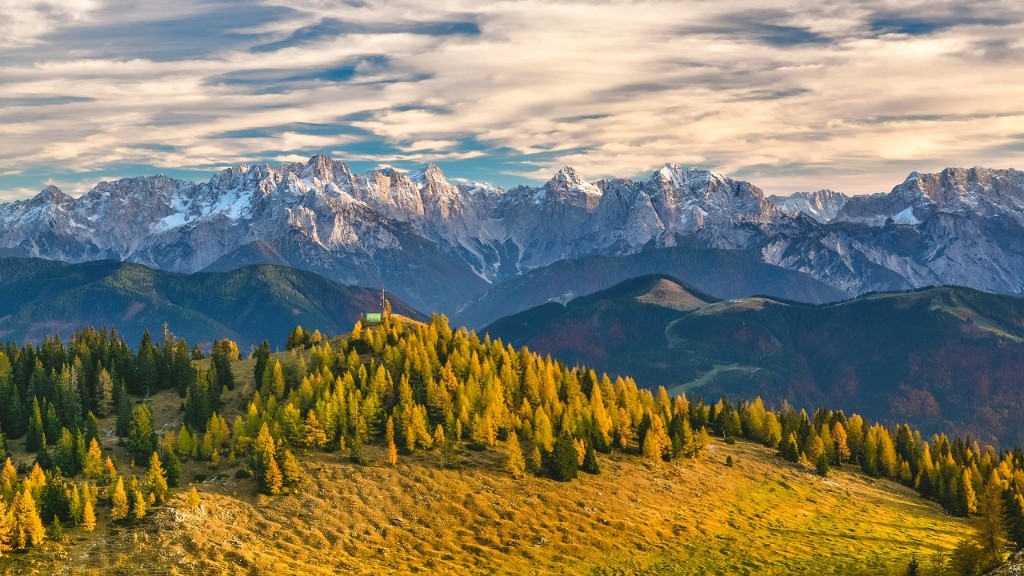A number of factors suggest that Mount Fuji, located on the island of Honshu in Japan, could be the next volcano to erupt. For one, Mount Fuji is the most active volcano in Japan, having erupted 16 times since 864 CE. Additionally, Fuji sits atop three converging tectonic plates, which increases the chances for an earthquake and potential volcanic eruption. Finally, Mount Fuji is located close to several densely populated areas, meaning that an eruption could have devastating consequences. While there is no guarantee that Mount Fuji will erupt in the near future, the possibility certainly exists and should not be ignored.
It is impossible to say for certain whether or not Mount Fuji will erupt in the future, as there is no way to predict volcanic activity with 100% accuracy. However, geologists do monitoring volcanoes for signs that an eruption may be imminent, and based on the current data, it is not thought that Mount Fuji is likely to erupt in the foreseeable future.
What will happen if Mount Fuji erupts?
If Mt Fuji erupts, volcanic ash may fall over a large area. Volcanic ash piles up thickly at the source of the eruption and thins out as the distance from the crater grows. However, volcanic ash distribution changes greatly depending on wind direction, speed, and size of the eruption.
Although there is no immediate danger, it is important to be aware that Mount Fuji is an active volcano and could erupt at any time. The last eruption was over 300 years ago, but it is possible that another one could happen soon. If you live in or near the area, it is important to be prepared and know what to do in case of an eruption.
Is Mount Fuji near a fault line
The area around the mountain is known for its beauty, but it is also known for its frequent earthquakes and numerous fault lines. Even for quake-prone Japan, this area is considered to be at a higher risk for earthquakes. If you are planning to visit the area, be sure to be aware of the risks and take precautions accordingly.
Contrary to popular belief, Mount Fuji is not a supervolcano. A supervolcano is defined as a volcano that has erupted with an explosivity index of at least 8. An eruption of this size has not occurred in recorded history, likely last occurring in New Zealand about 26,000 years ago.
Is Mount Fuji still forming?
There has been no further eruptions at Mount Fuji, however steam has been observed at the summit from 1780-1820. The volcano is considered active and is being monitored.
A “massive eruption” of Mt. Fuji is expected by some experts to occur within three years. The warning signs include steam and gas emitting from the crater, hot natural gas and water being released from nearby massive holes, and most telling, a recently discovered 21 mile long fault beneath Fuji.
Is Yellowstone volcano overdue?
volcanic eruptions are not predictable and do not follow a set schedule. just because yellowstone hasn’t had an eruption in a while doesn’t mean that it is overdue for one. the math simply doesn’t support that claim.
The potential for a volcanic eruption in Tokyo is extremely concerning due to the city’s closeness to Mount Fuji and the large amount of people and infrastructure that would be affected. A eruption would likely cover the city in ash and cause many buildings and roads to collapse, as well as disrupt flights. This could cause a huge amount of damage and loss of life, so it is important to be prepared for such a possibility.
Is Mt. Fuji quiet or explosive
Fuji has a long history of eruptions, with the two most recent eruptions having different styles. The 864-866 CE Jogan eruption was effusive, while the 1707 Hoei eruption was explosive. Mt. Fuji is an important site for both research and tourism, and its eruption history is an important part of its story.
The weather in Mount Fuji is going to be cold over the next few days, with a moderate fall of snow. The heaviest snow is expected on Sunday morning, and temperatures will be below freezing. The winds will be decreasing over this time, but it will be extremely windy on Sunday morning. Monday night should be much quieter, with light winds from the west.
What are the 3 super volcanoes in the US?
The United States is home to three active supervolcanoes, the USGS has determined: The famous Yellowstone, Long Valley and the Valles Caldera in New Mexico. All three of these supervolcanoes have the potential to cause global devastation if they were to erupt. Fortunately, the USGS is monitoring all three of these volcanoes closely, and they have not shown any signs of eruption in the near future.
In 2013, researchers discovered the Tamu Massif, the largest supervolcano on Earth. The Tamu Massif is a 4 km high and 640 km wide shield volcano located in the Pacific Ocean, east of Japan. This supervolcano is the largest of its kind and is capable of producing an unimaginably large eruption. Thankfully, the Tamu Massif is currently inactive and poses no threat to humanity.
What is the most super volcano in the world
A supereruption is a volcanic eruption of magnitude 8 on the Volcano Explosivity Index (VEI), the second highest class of volcanic eruptions. They are incredibly destructive and release a huge amount of energy, making them some of the most dangerous natural disasters.
Taupo erupted 22,600 years ago and is the most recent supereruption on Earth. The eruption had a volume of about 1,130 cubic kilometers, making it one of the largest supereruptions in history.
Additional volcanoes capable of producing supereruptions include the large caldera volcanoes of Japan, Indonesia, and South America. These volcanoes are constantly monitored by scientists to try and predict when the next supereruption will occur.
Fujisan Hongu Sengen Taisha is a private organization that owns more than 1,300 temples on the island of Japan. The organization is in charge of the maintenance and upkeep of Mount Fuji, and also manages the tourism and pilgrimage industry that surrounds the mountain.
Is Mount Vesuvius likely to erupt again?
Mount Vesuvius is an active volcano that is 154 miles deep. It is overdue for an eruption and it is likely to happen. The eruption will not be pretty.
Mount Fuji is a beautiful mountain in Japan that was designated as a UNESCO World Cultural Heritage in 2013. The mountain has long been worshipped and is a source of art.
Why is Mount Fuji so sacred
Mount Fuji is an important place in Japanese religion. It’s often known as Fujiyama and Fuji-San (Mr Fuji). It’s worshipped as a god (kami) in Japan and its volcanic activity symbolises the earth, sky, and fire. Thus, plenty pilgrims make the journey to the summit of Mount Fuji either on foot or in the cable car.
Since hundreds of thousands of visitors climb Mount Fuji each year, pollution has been an issue of great concern for the mountain’s environmental and cultural values. Tourism is the primary source of this pollution, and it takes a toll on the mountain’s natural beauty and the traditional culture that surrounds it.
Warp Up
There is no way to know for sure when any particular volcano will erupt, but Mount Fuji is considered to be one of the most active volcanoes in Japan. It last erupted in 1707, and before that in 1637. So it is possible that Mount Fuji could be the next Japanese volcano to erupt.
Most likely, Mount Fuji will not be the next Japanese volcano to erupt. While it is the most active volcano in Japan and last erupted in 1707, most volcanoes in Japan are considered to be dormant.
